Nageshvara Jyotirlinga, located in Gujarat, India, is a revered pilgrimage site dedicated to Lord Shiva. It is considered one of the twelve Jyotirlingas, representing the divine manifestation of Lord Shiva. The temple holds great religious and spiritual significance and attracts devotees from all over the world. Let us explore the story and importance of Nageshvara Jyotirlinga.
The Legend Nageshvara Jyotirlinga
The origin of Nageshvara Jyotirlinga is steeped in ancient Hindu mythology. According to the legend, there was a demon named Daruka who was wreaking havoc on the righteous beings and causing distress to the people. The demon had gained immense power and was terrorizing the land.
The gods, unable to bear the torment caused by Daruka, sought the help of Lord Shiva. Lord Shiva, known for his compassion and protectiveness towards his devotees, decided to intervene. He appeared in the form of a Jyotirlinga, a column of divine light, at a place where the Nageshvara temple stands today. Lord Shiva, in his fierce manifestation, defeated the demon Daruka and brought peace and prosperity to the region. The presence of Lord Shiva in the form of the Jyotirlinga earned the name "Nageshvara," which means "Lord of the Serpents." It is believed that the divine energy of Lord Shiva at Nageshvara Jyotirlinga can protect devotees from the malevolent forces and grant them with blessings and spiritual liberation.
The Story of Nageshvara Jyotirlinga
The story of Nageshvara Jyotirlinga revolves around the triumph of good over evil and Lord Shiva's intervention to protect his devotees. It signifies the power of divine grace and the importance of seeking the blessings of Lord Shiva for spiritual well-being and protection.
Significance of Nageshvara Jyotirlinga
Nageshvara Jyotirlinga holds immense significance in Hindu mythology and spirituality. Here are some key aspects associated with its importance:
1. Blessings of Lord Shiva: Devotees visit Nageshvara Jyotirlinga to seek the blessings of Lord Shiva for protection, peace, and spiritual upliftment. It is believed that offering prayers and performing rituals at the temple can alleviate one's troubles, remove obstacles, and bring divine grace into one's life.
2. Association with Serpents: The name "Nageshvara" signifies Lord Shiva's association with serpents. It is believed that the Jyotirlinga at Nageshvara holds the power to control and appease the serpents, who are considered sacred in Hindu mythology. Devotees offer prayers at the temple to seek protection from snake bites and to overcome any afflictions caused by serpents.
3. Holy Pilgrimage: Nageshvara Jyotirlinga is an important pilgrimage destination for devotees of Lord Shiva. The pilgrimage to Nageshvara holds the promise of spiritual purification, blessings, and the opportunity to deepen one's devotion to Lord Shiva.
4. Architectural Splendor: The Nageshvara temple showcases beautiful architecture and intricate stone carvings. The temple complex reflects the rich cultural heritage and artistic excellence of the region.
5. Festivals and Celebrations: The temple comes alive during festivals, especially during Maha Shivratri, when devotees gather to celebrate the divine union of Lord Shiva and Goddess Parvati. The festival is marked by fasting, devotional singing, and elaborates rituals, creating a joyous and spiritual atmosphere.
In conclusion
Nageshvara Jyotirlinga in Gujarat holds immense religious and spiritual significance in Hindu mythology. The temple represents the divine presence of Lord Shiva and is associated with protection, blessings, and spiritual liberation. The pilgrimage to Nageshvara offers devotees an opportunity to seek divine grace, experience peace, and strengthen their devotion to Lord Shiva. The temple's serene ambiance, cultural richness, and architectural beauty make it a must-visit destination for devotees and spiritual seekers.
For Interesting Astrology Videos & Posts, follow us on Instagram


















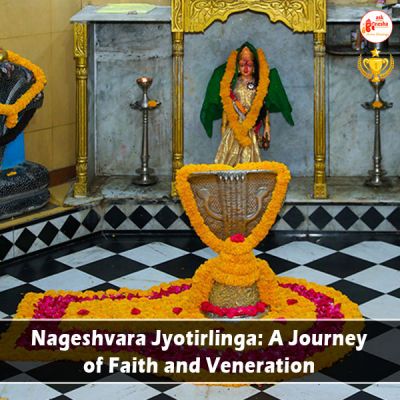




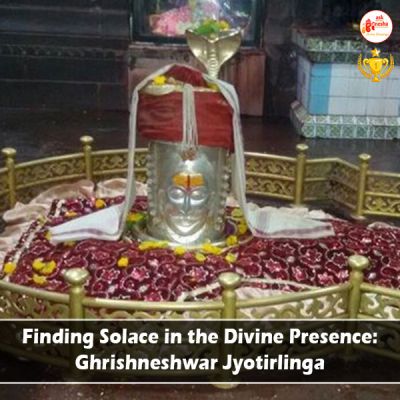
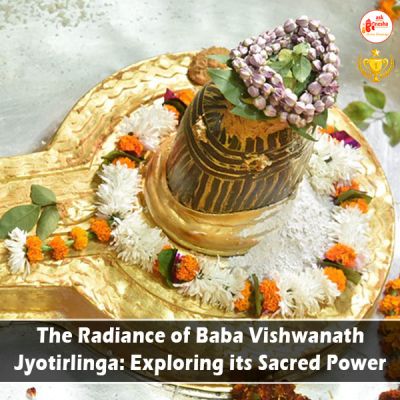
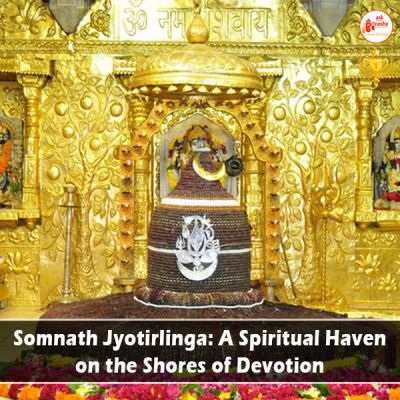
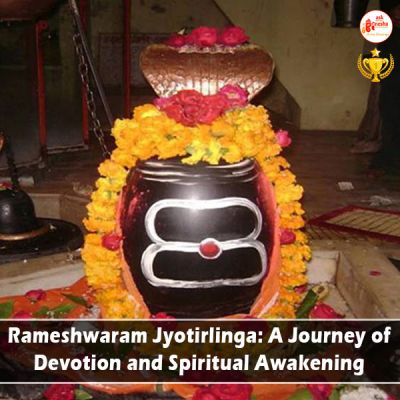

 Translate
Translate